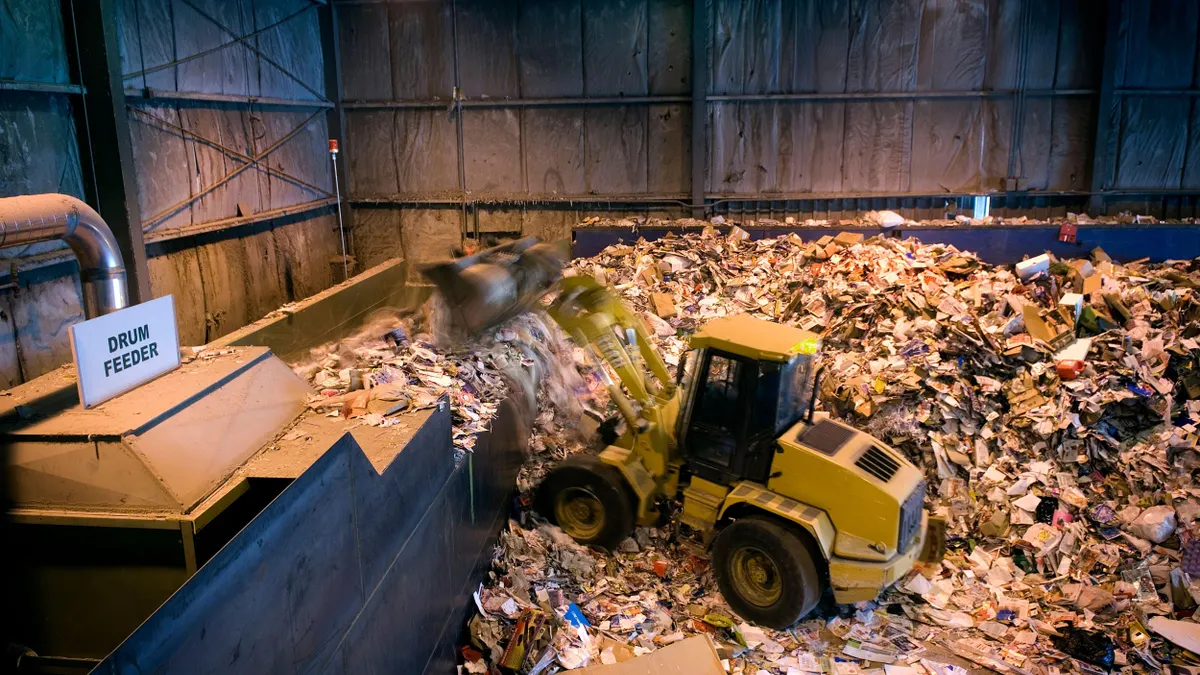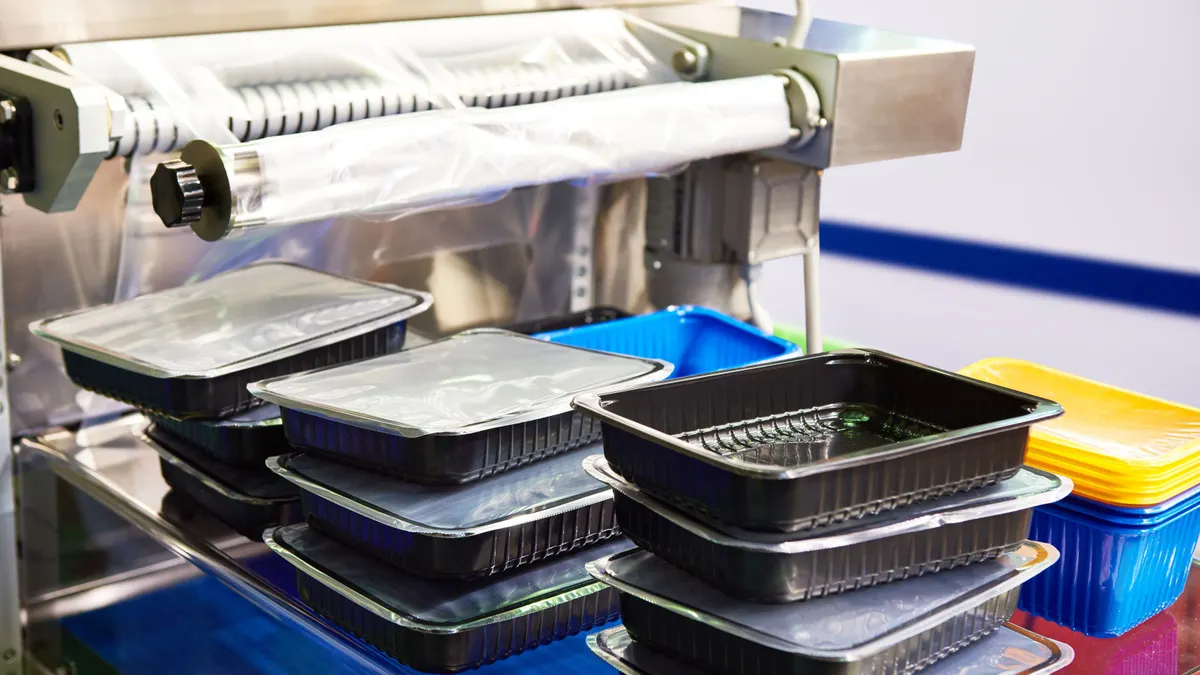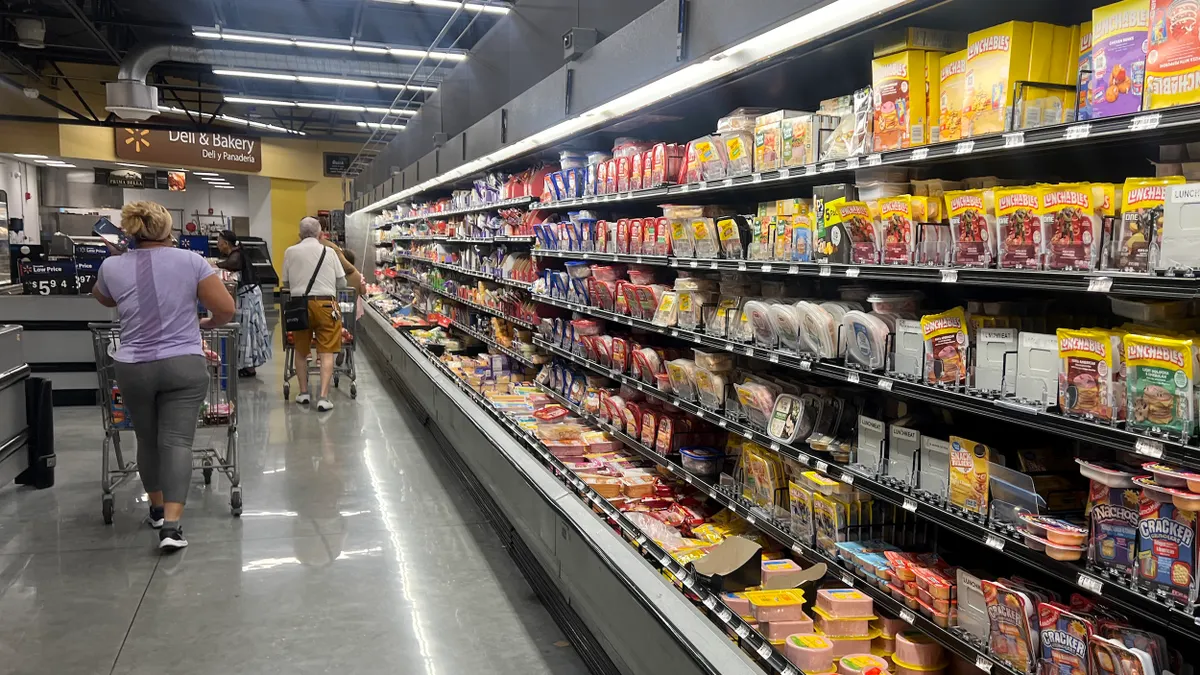Paper and cardboard recycling rates fell in the United States last year, and export volumes are to blame, according to the American Forest & Paper Association’s annual industry data released Tuesday.
The association shows the 2024 paper recycling rate was 60%-64%, compared with 65%-69% in 2023. The cardboard recycling rate in 2024 was 69%-74%, compared with 71%-76% the previous year.
Approximately 46 million tons of paper were recycled last year, roughly flat with the information AF&PA released for 2023. But the group says U.S. mills in 2024 used 1.29 million more tons of recycled paper to make new products.
“We recycle 60% more paper today than we did in 1990 when we set our first recycling rate goal,” said Terry Webber, AF&PA’s vice president of industry affairs, during a Tuesday webinar.
In addition, the share of recycled material compared to all fiber consumed at mills has steadily increased over the last 20 years, reaching 44.4% in 2024, according to AF&PA.
Although mills consumed more recycled paper, Webber said the U.S. exported less of it, mainly due to softer demand from Asia. The decline in exports across all recycled fiber categories is what led to decreases in 2024’s paper and OCC recycling rates, he said in an Aug. 12 email to Packaging Dive. Like other globally traded commodities, recycled paper is sensitive to trade flows, he added.
In 2024, about 27% of recycled paper was exported, but exports have been declining in recent years, according to Webber. “However, we’re seeing a long-term positive trend in the use of recycled paper at U.S. mills, which offsets global exports,” he said via email.
Last year, AF&PA changed the methodology it uses to calculate and report industry recycling rates, switching from sole numbers to percentage ranges. The revamp also resulted in the 2023 OCC recycling rate, 71%-76%, appearing notably lower than 2022’s 93.6%.
The methodology change followed a controversy in recent years as industry observers raised questions about recycling rates that appeared too high. AF&PA first introduced an “effective recycling rate” in 2023 in addition to its traditional rate, and last year made the switch to just the new calculation.
“We strongly believe this method of calculation continues to result in the most thorough and fact-based recycling rate possible with currently available data,” Webber said during the webinar.
The new methodology includes recycled fiber imports, such as cardboard boxes and writing paper, he said via email. Net containers entering the U.S. with goods in paper-based packaging increased 13.5% in 2024, which increased the amount of paper available for recycling, according to AF&PA.
“Paper recycling is, and continues to be, a success story,” Webber said during the webinar. “We are committed to even more progress.”












